
New Rule Could Soon Allow CNG Conversion Of BS6 Cars
- Feb 1, 2022
- Views : 3196

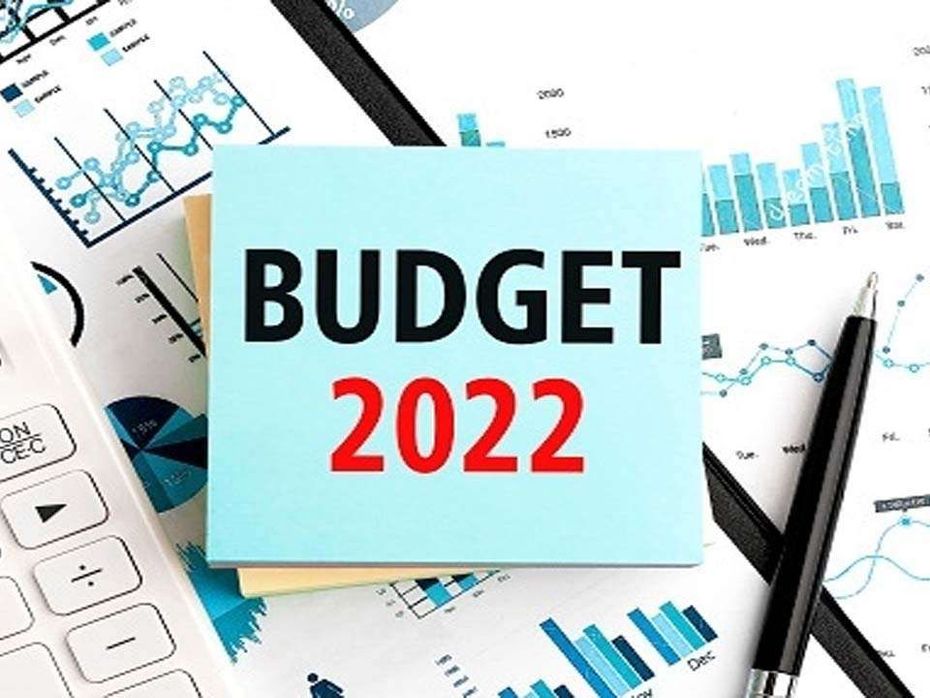
The Union Budget for the year 2022-23 has been announced by our honourable finance minister, Nirmala Sitaraman. The highlights of the announcement was focussed on promoting electric vehicles (EVs) and improving the efficiency of the ecosystem by rolling out new initiatives. Also, the ongoing global semiconductor and chip shortage will be given the spotlight while the national highways network will be expanded. We would have liked more, though, as we shall explain at the end of this article.
First, the significant announcements:
Expansion Of National Highways
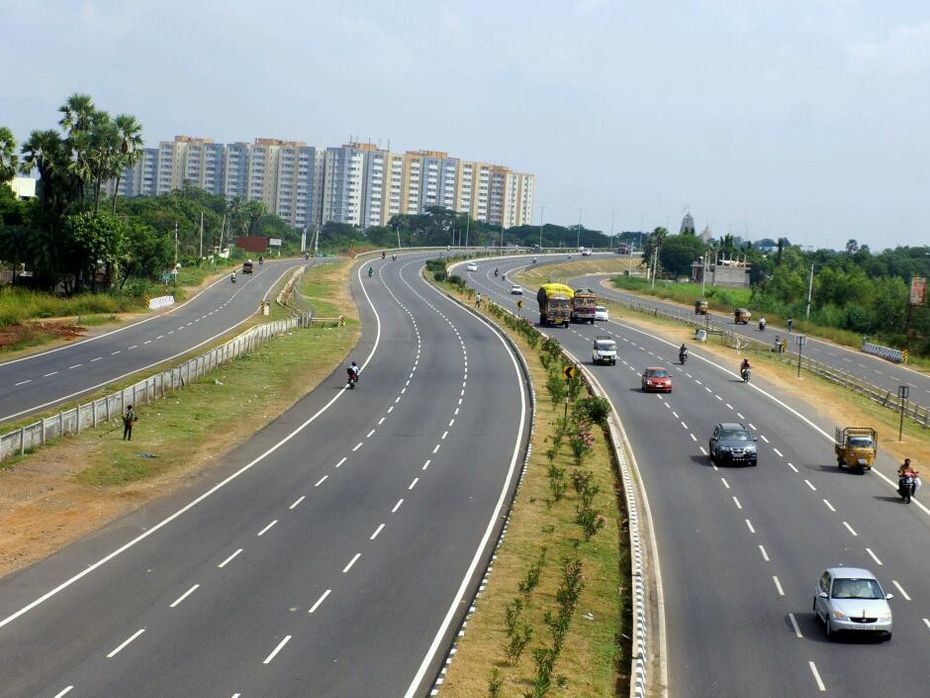
In a bid to facilitate faster movement of people and goods, the finance minister has promised that India’s network of national highways will be increased by 25,000km in this financial year. This is an ambitious target considering that it is 29 percent more than the previous two fiscal years, that is around 6100km in the first 9 months of this fiscal year and around 13,200 kms in the 2021 fiscal year.
Promotion Of EVs Through Battery Swapping Tech

Bringing down emissions has been a burning topic for some past Budgets now, and to achieve that the government will promote more EVs from hereon. Battery and energy services by the private sector will be encouraged to help with the transition. But the main highlight will be the introduction of the battery swapping policy, whose details will be introduced later.

the automobile community
As per the mandates of this policy, batteries for EVs will be standardised to a great degree so that a lot of manufacturers can utilise the same units for their products. This will also come as a great benefit for Hero MotoCorp who had just partnered with Gogoro from Taiwan. Gogoro has specialised in battery swapping technology and even has ties with several big Japanese two-wheeler players for Japan’s domestic market. Hence, it would be a surprise if Honda’s proposed electric two-wheeler, slated for a launch by the end of FY23, would run on battery swapping technology.
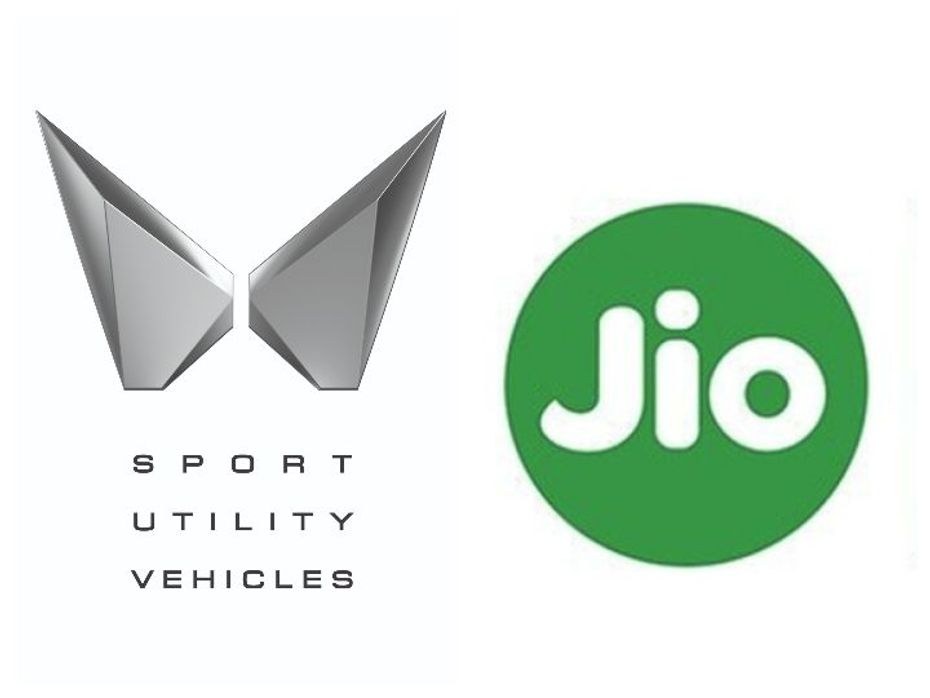
And for cars, Mahindra, one of the first movers on this front, has tied up with Jio-BP to set up battery swapping stations at the latter’s fuel pumps. With the introduction of this policy, we hope more carmakers jump on to this bandwagon. Or this could just be the initial indicator that the upcoming Yezdi electric bike will feature swappable battery technology.
Other Things On Focus
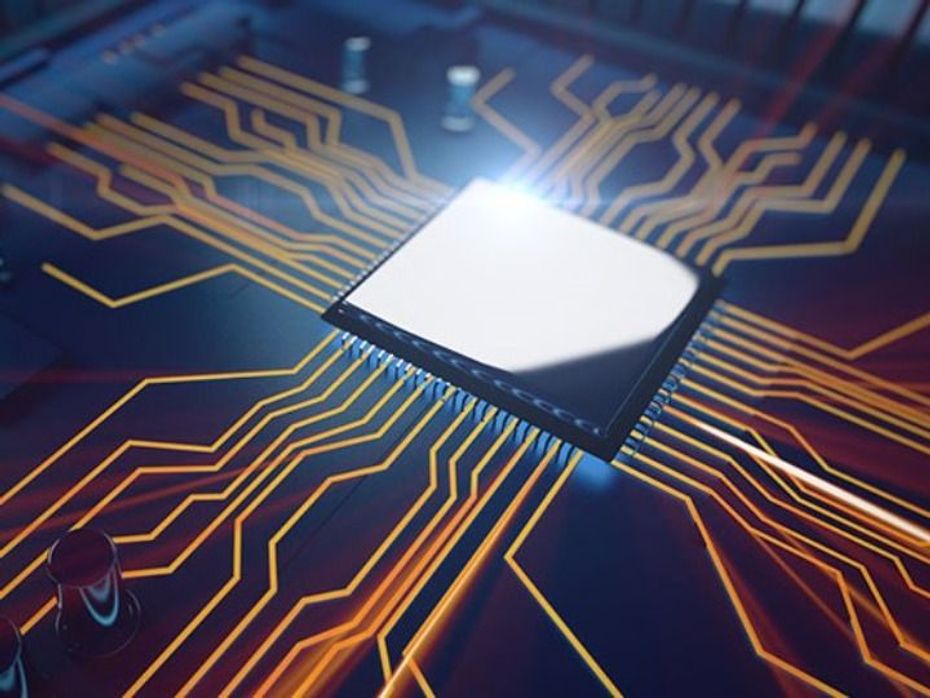
The production of semiconductors, which is currently facing a global shortage, will be given priority in India, though its details haven’t been announced yet.
Prices of non blended fuel (diesel, kerosene for example) will be hiked by Rs 2 from October.
What We Would Have Liked?
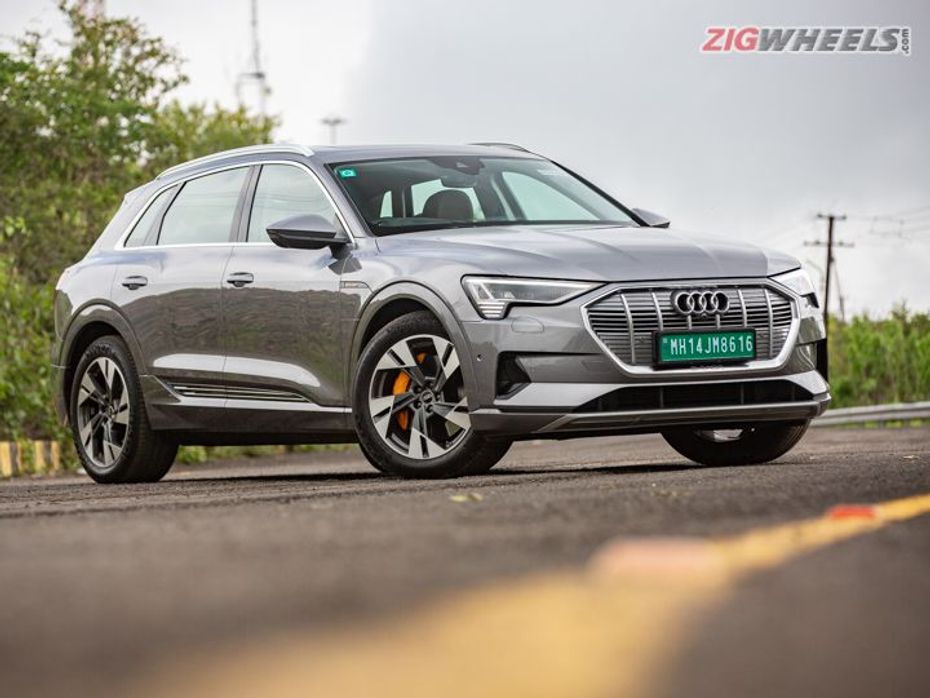
Yes, the previous year’s budget focussed on more of ‘make-in-India’, but we would have liked to see a reduction of import duties in EVs as it will make the transition easier for luxury carmakers. At the moment, fully imported electric four wheelers command a 100 percent duty in the country.
Just like the government is introducing standards for battery swapping architecture, we would have liked if the same could take place for charging ports and adaptors. Currently, notable two-wheeler start-ups like Ather, Ola and Tork Motors are setting up their own proprietary systems for fast charging as well as portable charging. If the charging ports were to be standardised, this would allow for easier access and mass acceleration in the building of fast-charging infrastructure.

New Rule Could Soon Allow CNG Conversion Of BS6 Cars

Renault Extends Standard Warranty On Kwid, Triber, And Kiger To 3...

Hyundai Exter: An Year Long Ownership Experience That Left Us Wanting...

Is The Kia Syros More Compelling Than The Best-selling Hyundai Creta?

Auto Expo 2025 - All You Want To Know About The Hottest Auto Show!

Hyundai Creta Electric REVEALED Ahead Of Auto Expo 2025! Here’s...

Upcoming Maruti Suzuki Cars Expected In 2025: e Vitara, Baleno...

Here Is The List Of All Tata Cars Likely To Be Launched In 2025

Mahindra BE 6 Launched: Price For The Top-spec Variant Is Out!
India's largest automotive community
 Vayve Mobility Eva
Rs. 3.25 Lakh
Vayve Mobility Eva
Rs. 3.25 Lakh
 BMW X3
Rs. 75.80 Lakh
BMW X3
Rs. 75.80 Lakh
 Hyundai Creta Electric
Rs. 17.99 Lakh
Hyundai Creta Electric
Rs. 17.99 Lakh
 Lotus Emira
Rs. 3.22 Crore
Lotus Emira
Rs. 3.22 Crore
 Lotus Emeya
Rs. 2.33 Crore
Lotus Emeya
Rs. 2.33 Crore